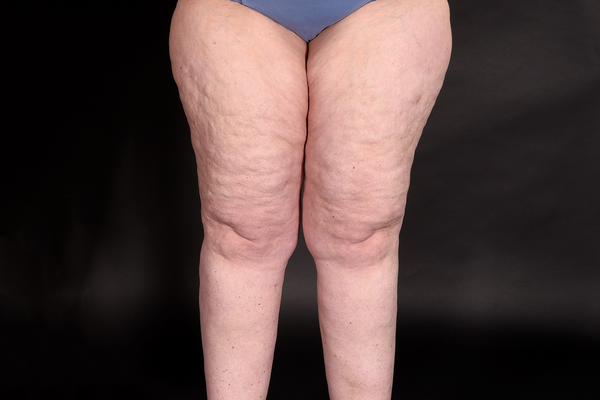Lipoedema is a chronic condition where fat is abnormally deposited in the legs, hips, buttocks, and sometimes the arms. It mainly affects women and causes the limbs to become disproportionately larger than the rest of the body. The condition is often painful, causes easy bruising, and can limit mobility.
Even if the skin quality has a general improvement this greatly depends on three factors.
1. The quality of the skin and flaccidity level before the procedure takes place.
2. How good your body is at recovering from this kind of procedure.
3. How good you are in wearing the compression vest and binder.
Because VASER liposuction melts the fat before gently sucking it out, this dramatically decreases the incidence of unevenness, asymmetries, lumpiness and indentations. Of course, an experience body sculptor is required to increase the chances of avoiding such complications.
Vaser liposuction not only will finally get rid of your unwanted stubborn fat but will also improve your skin quality.

